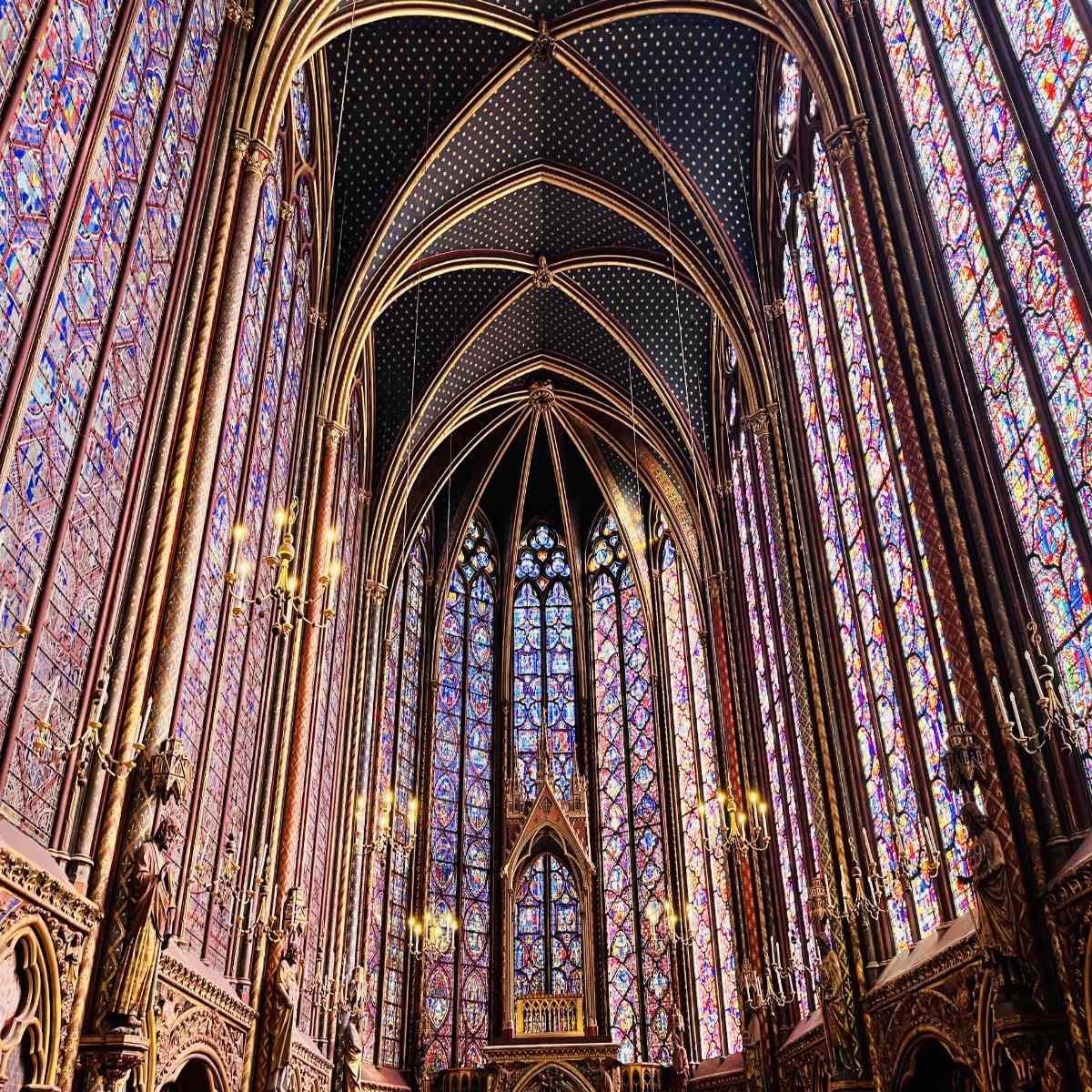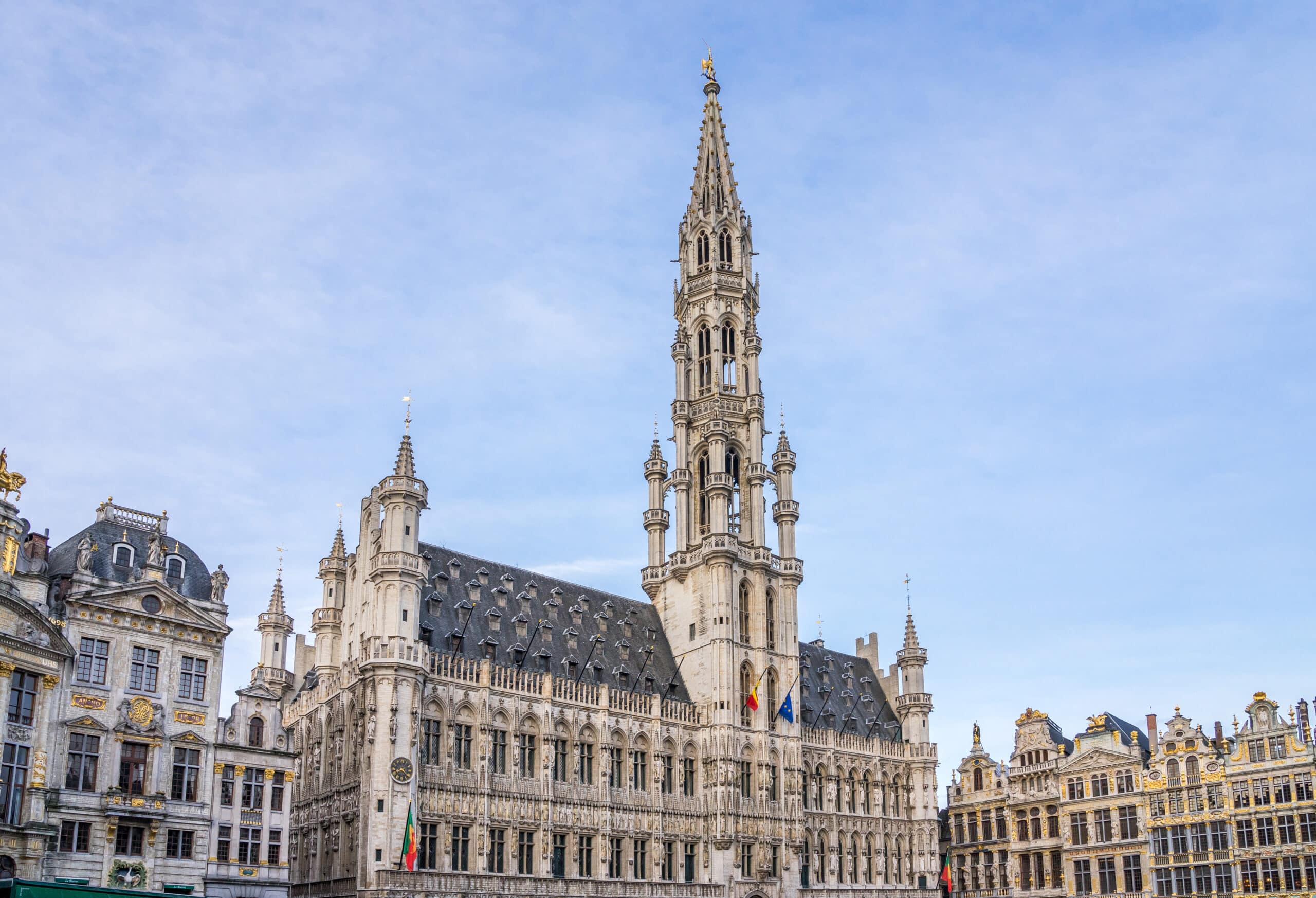Discover the Majestic Beauty of Catedral de Valencia – A Gem of Gothic Architecture

Valencia, a city on the eastern coast of Spain, is known for its rich history, stunning architecture, and vibrant culture. Among the many architectural wonders that Valencia boasts, the Catedral de Valencia stands out as a gem of gothic architecture. This magnificent structure, which dates back to the 13th century, is a testament to the skill and craftsmanship of the architects and builders of the time. With its soaring spires, intricate carvings, and stunning stained glass windows, the Catedral de Valencia is a must-see destination for anyone visiting the city. In this article, we will take a closer look at the history and beauty of this majestic cathedral, and explore what makes it such an important part of Valencia’s cultural heritage.
The Magnificent Catedral de Valencia: A Symbolic Marvel of Spain’s Religious Heritage
Valencia, Spain is home to one of the most stunning cathedrals in the world, the Catedral de Valencia. This Gothic-style cathedral was constructed in the 13th century on the site of a former mosque, and it has since become a symbol of Spain’s religious heritage.
The cathedral’s most impressive feature is its Miguelete tower, which stands at 207 feet tall and offers breathtaking views of the city. Inside the cathedral, visitors can marvel at the intricate carvings and artwork found throughout, including the Capilla del Santo Cáliz, which is said to house the Holy Grail.
Throughout its history, the Catedral de Valencia has undergone numerous renovations and additions, including the addition of a Baroque-style dome in the 17th century. Despite these changes, the cathedral has managed to maintain its original Gothic charm and remains a testament to Spain’s rich religious history.
Visitors to Valencia should not miss the opportunity to experience the magnificence of this symbolic marvel firsthand. Whether you are religious or not, the Catedral de Valencia is a must-see attraction that will leave you in awe.
As we continue to explore Spain’s cultural heritage, it is important to remember and appreciate the role that religion has played in shaping the country’s history and traditions.
Exploring the Dark Beauty: A Fascinating Insight into the Gothic Architecture of Catedral de Valencia
Exploring the dark beauty of the Catedral de Valencia is a truly fascinating experience. The Gothic architecture of the cathedral is a masterpiece of design and engineering, and it is no wonder that it has attracted visitors from around the world.
The cathedral was built in the 13th century, and it is one of the most impressive examples of Gothic architecture in Spain. The soaring vaults, intricate stone carvings, and stunning stained glass windows are a testament to the skill and creativity of the architects and craftsmen who worked on the cathedral.
One of the most striking features of the cathedral is its dark beauty. The use of dark stone and the absence of bright colors give the cathedral a somber and solemn atmosphere, which is fitting for a place of worship.
As you explore the cathedral, you will be struck by the intricate details of the architecture. The pointed arches, ribbed vaults, and flying buttresses are all characteristic of Gothic architecture, and they give the cathedral a sense of grandeur and majesty.
The stained glass windows of the cathedral are also a sight to behold. The use of vibrant colors and intricate designs creates a sense of awe and wonder, and it is easy to spend hours admiring the windows and the light that filters through them.
Overall, exploring the dark beauty of the Catedral de Valencia is a truly unforgettable experience. Whether you are interested in architecture, history, or art, there is something for everyone to appreciate in this magnificent cathedral.
As you leave the cathedral, you may find yourself reflecting on the power and beauty of human creativity. The Gothic architecture of the Catedral de Valencia is a testament to the skill and ingenuity of the craftsmen and architects who built it, and it is a reminder that even in the darkest of times, we can create something beautiful and enduring.
From Ancient Temple to Gothic Jewel: The Enthralling Evolution of Valencia’s Catedral
The Catedral de Valencia is an impressive and captivating monument that has undergone a series of transformations throughout history. Originally, it was a Roman temple dedicated to Diana, the goddess of hunting and the moon. Later on, it became a Visigothic church, which was destroyed during the Moorish occupation.
The current cathedral was built in the thirteenth century in Gothic style, with subsequent additions and renovations in later centuries. The cathedral features a beautiful mix of architectural styles, including Gothic, Renaissance, Baroque, and Neoclassical.
One of the most striking features of the cathedral is the Micalet bell tower, which stands at 51 meters tall and offers breathtaking views of the city. Another notable aspect is the Holy Chalice, which is believed to be the cup used by Jesus at the Last Supper.

Throughout the centuries, the cathedral has played a significant role in the religious and cultural life of Valencia. It has hosted many important events, including the coronation of King Jaume I, the marriage of Ferdinand of Aragon and Isabella of Castile, and the funeral of Saint Vincent Ferrer.
Today, the Catedral de Valencia remains a symbol of the city’s rich history and culture. Its stunning architecture and fascinating history continue to attract visitors from all over the world.
Reflection: The Catedral de Valencia is a testament to the enduring power of architecture and the importance of preserving our cultural heritage. Its story reminds us of the many ways in which our past shapes our present and future.
Descubre el interior de la Catedral de Valencia: arte, reliquias y leyendas
La Catedral de Valencia es uno de los monumentos más emblemáticos de la ciudad. Su construcción comenzó en el siglo XIII y ha sido objeto de numerosas ampliaciones y reformas a lo largo del tiempo.
En su interior, se pueden encontrar verdaderas joyas del arte sacro, como la Capilla del Santo Cáliz, que alberga la reliquia que se cree que fue utilizada por Jesucristo en la Última Cena. También destaca el retablo mayor, obra del siglo XVIII de los hermanos Vergara, que representa la vida de la Virgen María.
Además, la Catedral de Valencia es rica en leyendas y tradiciones. Una de las más famosas es la del Micalet, la torre del campanario. Según la leyenda, si se sube los 207 escalones de la torre a medianoche y se toca la campana, se cumplirán los deseos.
Por otro lado, la Catedral de Valencia también es conocida por su Grial, un misterioso objeto que ha despertado la curiosidad de muchos a lo largo de los años. La historia del Santo Cáliz es un elemento que ha sido retratado en numerosas películas y libros y sigue siendo objeto de investigación y controversia.
En definitiva, la Catedral de Valencia es un lugar que no te puedes perder si visitas la ciudad. Arte, reliquias y leyendas se mezclan en un espacio que no dejará indiferente a nadie.
¿Conocías estas historias sobre la Catedral de Valencia? ¿Te gustaría visitarla y descubrir todo lo que guarda en su interior? ¡Anímate a conocer uno de los monumentos más fascinantes de la ciudad!
Exploring the Enduring Influence of Catedral de Valencia: From Sacred Traditions to Vibrant Cultural Offerings
La Catedral de Valencia ha sido un lugar sagrado para los valencianos durante siglos. Desde su construcción en el siglo XIII, ha sido un centro de devoción religiosa y espiritualidad. Sin embargo, en los últimos años, ha evolucionado en un lugar de encuentro cultural y artístico.
La influencia de la Catedral de Valencia se extiende más allá de su papel como un lugar de culto. Su arquitectura gótica, sus capillas y su altar mayor son verdaderas obras de arte y son visitadas por turistas y locales por igual. Su enduring presencia en la ciudad ha sido fundamental en la construcción de la identidad de Valencia.
La Catedral de Valencia ha sido testigo de muchas tradiciones religiosas a lo largo de los años. Desde procesiones de Semana Santa hasta la celebración del Corpus Christi, ha sido un lugar de reunión para la comunidad católica. Pero en los últimos años, se ha abierto a la cultura y ha acogido conciertos, exposiciones e incluso desfiles de moda.
La transformación de la Catedral de Valencia ha sido impresionante. Ahora es un lugar donde se puede disfrutar de la música, el arte y la moda. Pero su legado sigue vivo, y la comunidad religiosa sigue utilizando la catedral para la oración y la adoración. Es una combinación única de lo sagrado y lo profano.
La Catedral de Valencia es un ejemplo de cómo los lugares sagrados pueden evolucionar y adaptarse a los tiempos modernos. Su legado sigue vivo, pero también ha sabido abrirse a nuevas formas de expresión cultural. Es un lugar que sigue inspirando y sorprendiendo a todos los que lo visitan.
La Catedral de Valencia es un ejemplo de cómo la cultura y la religión pueden coexistir y enriquecerse mutuamente. Su influencia perdura y seguirá inspirando a las generaciones futuras.
¡Y esto ha sido todo sobre la majestuosa belleza de la Catedral de Valencia! Esperamos que hayas disfrutado de nuestro recorrido por esta joya de la arquitectura gótica.
Si tienes la oportunidad, no dudes en visitarla en persona para experimentar su grandeza y belleza por ti mismo.
¡Hasta la próxima!